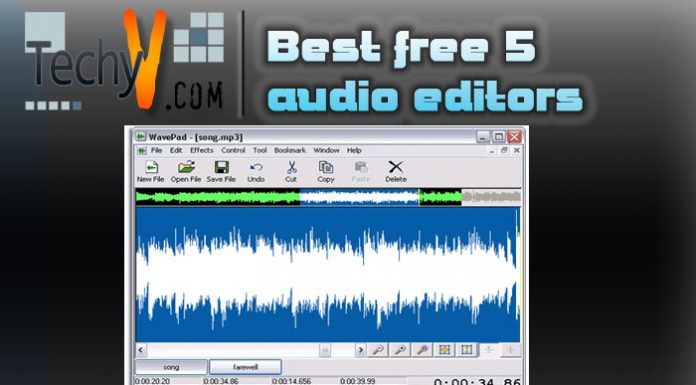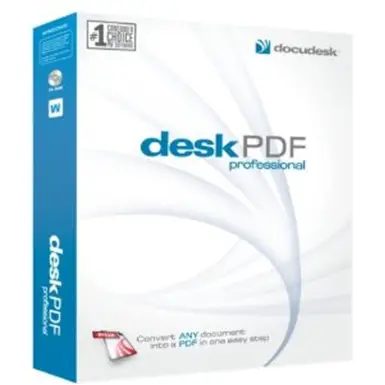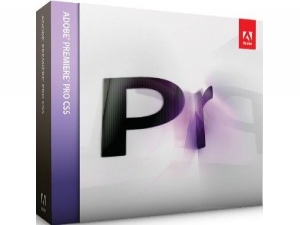MS ACCESS/ EXCEL / WORD / OUTLOOK SHORTCUTS

1. MS Access shortcuts
- Ctrl plus page up button: it directs you to the first field of the current field.
- Ctrl plus page down button: It directs you to the last field of the current field.
- Ctrl plus home button: It directs you to the first record of the first field.
- Ctrl plus end button: It directs you to the last record of the first field.
- Home button: It directs you to the first field of the record.
- End button: It directs you to the last field of the record.
- Shift plus the F2 button: It allows you to open the Zoom dialogued box.
- Ctrl button and a plus sign: It allows you to add a new record.
- Ctrl button and a minus sign: It allows you to remove or delete the current record.
- F2 button: It allows you to toggle between the navigation mode and editing mode.
- Ctrl button plus semicolon: It allows you to enter the current data.
- Ctrl button plus single quote: It allows you to repeat data that is from the field in the prior record.
- Ctrl plus F8 button: It allows you to turn on move mode.
- F5 button: It allows you to switch to form view.
- F6 button: It allows you to switch between the upper or lower panes.
- F7 button: It allows you to check spellings and grammar.
- Ctrl button plus space bar: It allows you to select or unselect column.
2. MS Excel shortcuts
- End button: It allows you to turn the End mode ON or OFF.
- Shift button plus arrow key: It allows you to extend the selection to the last cell that is not blank and which is in the same column or row as the active cell END.
- End button/Shift plus Home button: It allows you to extend the selection to the last cell on the worksheet that is used.
- Ctrl plus shift button plus asterisks (*): It allows you to select the data area that is enclosed by empty columns and empty rows around the cell that is active.
- Ctrl button plus back slash (/): It allows you to choose the present array where an active cell belongs to.
- Ctrl plus shift plus O buttons: It allows you choose all the cells containing comments.
- Ctrl button plus forward slash (): It allows you to select the cells that do not match the value of the active cell in the same row.
- Ctrl plus shift plus opening bracket button: It allows you to select cells that are only referred to by formulas in the selection.
- Ctrl plus shift button plus opening brace: It allows you to select the entire cells that are referred directly or indirectly to by the formulas in the selection.
- Ctrl button plus the closing bracket: It allows you to select cells with the formulas that refer to the active cell directly or indirectly.
- Ctrl plus shift button plus closing brace: It allows you to select the cell that contains the formula referring to the active cell either directly or indirectly.
- Alt key plus semicolon: It allows you to select the cells that are only visible in the present selection.
3. MS word shortcuts
- Shift plus F5 button: It allows you to go back to the point that was edited last.
- Shift button plus F3 button: It allows you to change the case of the selected text.
- Ctrl plus the Enter button:It allows you to automatically insert breaks on the pages.
- Ctrl plus shift plus N button: It allows you to change the format used on the selected text to normal style.
- Ctrl plus shift plus C button: It allows you to copy the format of the selected text. The selected format can be applied by pressing the Ctrl plus shift plus V buttons on the selected text.
- F4 button: It allows you to repeat the last action that you have of performed.
- Ctrl plus F6 button: It allows you to cycle through all the opened documents in word.
- Alt plus shift plus the Left button: It allows you to create main headlines.
- Alt plus shift plus right button: It allows you to create subheadings.
- Ctrl plus the O button: It allows you to apply or remove 12 points on top of the present paragraph.
- Shift button plus the left/right arrow keys: It allows you to select single character of a text.
- Ctrl button plus the F Key: It allows you to open the tab for find.
- Ctrl button plus mouse drag: It allows you to copy the selected text or image.
4. MS Outlook shortcuts
- Ctrl key plus the 1 Button: It allows you to open windows for mail.
- Ctrl button plus the 2 Button: It allows you to open the calendar.
- Ctrl button plus the 3 Button: It allows you to open your contacts.
- Ctrl plus 4 button: It allows you to several tasks.
- Ctrl plus the 5 button: It allows you to open notes.
- Ctrl plus shift plus M button: It allows you to create new message in outlook.
- Ctrl plus shift plus C button: It allows you to create new contacts.
- Ctrl plus N button: It allows you to write a new message.
- Ctrl pus R button: It allows you to reply a message.
- Alt plus A button: It allows you to open the action drop down menu.
- Alt plus B button: It allows you to open the Address book with the BCC field selected.
- Alt plus C button: It allows you to choose message recipient for CC field.
- Alt plus D button: It allows you to switch to the daily calendar view.
- Alt plus E button: It allows you to the edit drop down menu.


















